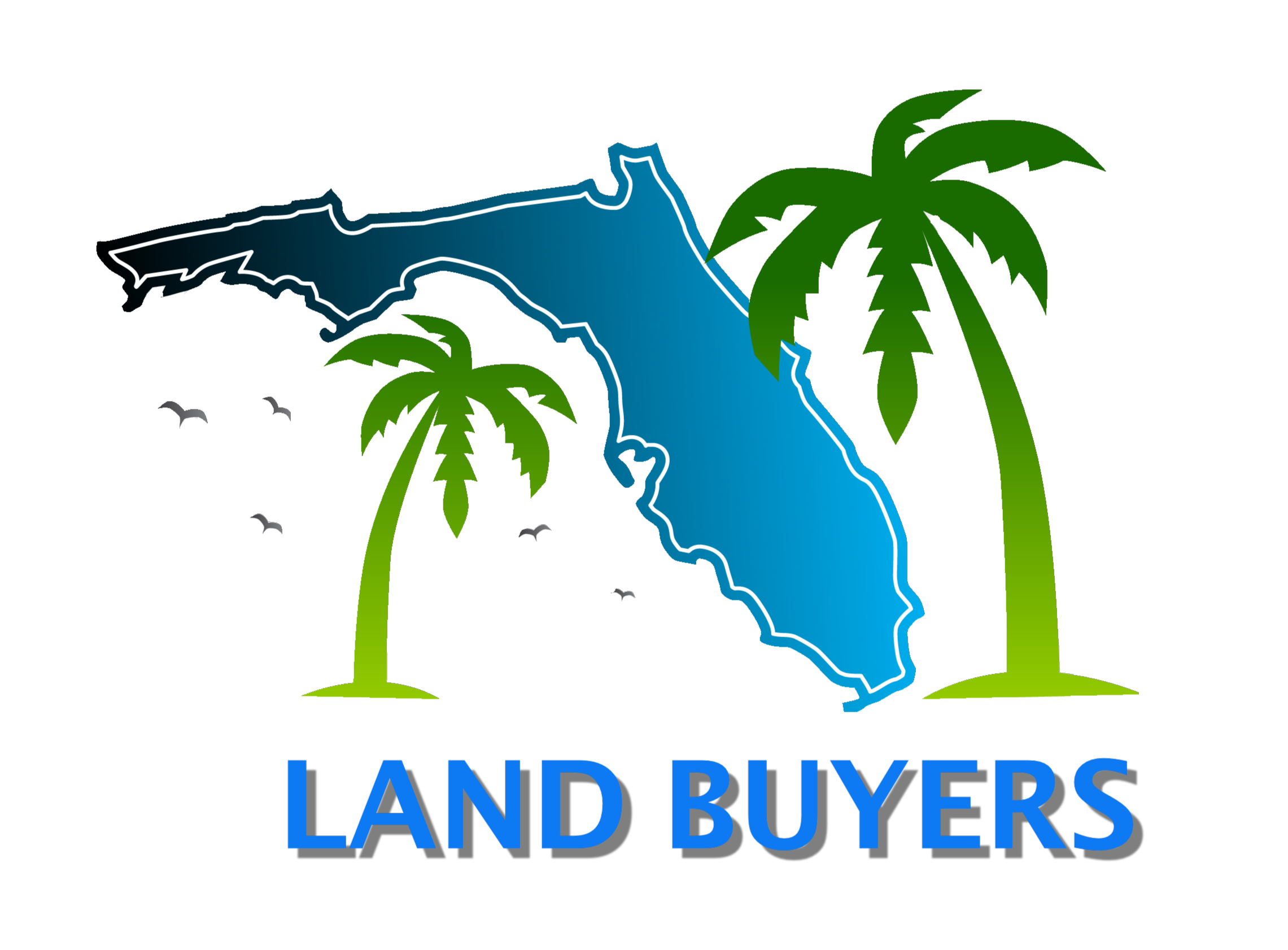Exploring the realm of mortgage options can be overwhelming, especially with the variety of terms and products available. One term you might come across is the “2-1 Buydown.” Understanding the 2-1 Buydown pros and cons can help determine if this mortgage technique suits your financial situation. Read on as we explore the 2-1 Buydown pros and cons, shedding light on how it works, its benefits, and potential drawbacks, enabling you to make a well-informed decision about whether it’s the right choice for your home financing needs.
Real estate investors Steve Daria and Joleigh have used the 2-1 Buydown mortgage technique to manage their property investments strategically. They appreciate the initial lower interest rates, which can ease cash flow during the first two years of the mortgage. However, they also caution about the potential for higher payments in the succeeding years, emphasizing the importance of long-term financial planning.
What is a 2-1 Buydown?
Before discussing the 2-1 buydown pros and cons, it’s essential to understand that a 2-1 buydown is a mortgage financing technique that temporarily reduces the interest rate on a loan for the first two years, with the borrower paying the full rate from the third year onward.
This strategy can make monthly mortgage payments more manageable during the initial years of homeownership or property investment.

Benefits of a 2-1 Buydown
Here are the compelling benefits of a 2-1 buydown:
Lower Initial Payments
One of the primary benefits of a 2-1 buydown is the reduced monthly mortgage payments during the first two years.
This can provide financial relief for buyers, allowing them to allocate funds to other priorities or investments.
Enhanced Affordability
The lower initial payments can make a property more affordable for buyers who may not qualify for a loan at the standard interest rate.
This can expand the pool of possible buyers for sellers, increasing the likelihood of a successful sale.
Competitive Advantage for Sellers
Offering a 2-1 buydown can give sellers a competitive edge in the market.
Buyers may be more inclined to select a property with lower initial payments, leading to faster sales and potentially higher offers.
Get Started: Get Your Cash Offer Below…
We are direct land buyers. There are no commissions or fees and no obligation whatsoever. Start below by sharing where your property is and where we can send your offer…
Drawbacks of a 2-1 Buydown
Here are the drawbacks of a 2-1 buydown:
Higher Overall Costs
While the 2-1 buydown offers lower initial payments, the upfront cost paid by the seller, builder, or lender can be significant.
This expense may be passed on to the buyer through a higher purchase price or other fees.
Temporary Relief
The reduced payments only last for the first two years, after which the borrower must pay the full interest rate.
Buyers must be prepared for this increase and ensure they can afford the higher payments in the long term.
Limited Availability
Not all lenders offer 2-1 buydown programs, which can limit the availability of this financing option.
Buyers and sellers may need to shop around to find a lender that supports this strategy.
How the 2-1 Buydown Works
Now that you know the 2-1 buydown pros and cons, it’s crucial to understand how a 2-1 buydown works.
Year 1
During the first year, the interest rate is reduced by 2%, resulting in significantly lower monthly payments.
For example, if the standard rate is 5%, the borrower will pay only 3% in the first year.
Year 2
In the second year, the interest rate increases by 1%, making the borrower’s rate 4% (assuming a standard rate of 5%).
While the payments are higher than the first year, they are still lower than the full rate.
Year 3 Onward
From the third year onward, the borrower pays the full interest rate (5% in this example).
At this point, the borrower must ensure they can comfortably afford the higher payments.
Strategies for Implementing a 2-1 Buydown
Now that you know the 2-1 buydown pros and cons, explore these essential strategies for implementing a 2-1 buydown.
Seller-Funded Buydown
In a seller-funded 2-1 buydown, the seller pays the upfront fee to reduce the buyer’s interest rate for the first two years.
This can make the property more attractive to buyers and lead to a quicker sale.
Builder-Funded Buydown
Builders may offer a 2-1 buydown as an incentive to attract buyers to new construction homes.
By covering the cost of the buydown, builders can make their properties more appealing and competitive in the market.
Lender-Funded Buydown
Some lenders may offer a 2-1 buydown as part of their loan programs.
In this case, the lender absorbs the cost of the buydown, which can be an attractive option for buyers seeking lower initial payments.

Tips for Buyers Considering a 2-1 Buydown
If you’re a buyer, here are the essential tips to consider:
- Assess Long-Term Affordability: Before committing to a 2-1 buydown, buyers should evaluate their ability to afford the higher payments once the reduced rate period ends.
- Compare Lenders: Not all lenders offer 2-1 buydown programs, so buyers should shop around to find a lender that provides this option. Comparing multiple lenders can help buyers secure the best terms and rates.
- Negotiate with Sellers: Buyers can arrange with sellers to cover the cost of the 2-1 buydown. In a competitive market, sellers may be willing to absorb this expense to facilitate a sale.
Tips for Sellers Offering a 2-1 Buydown
If you’re a seller, here are the essential tips to consider:
- Highlight the Benefits: When marketing a property with a 2-1 buydown, sellers should emphasize the advantages of lower initial payments.
- Work with Experienced Agents: Sellers should collaborate with real estate agents who have experience with 2-1 buydown transactions.
- Be Transparent: Offering precise and reliable information can establish trust with prospective buyers and streamline the transaction process.
Frequently Asked Questions
Explore the most common queries about 2-1 buydown pros and cons.
What is the cost of a 2-1 buydown?
The cost of a 2-1 buydown varies depending on the loan amount and interest rates.
Typically, the upfront fee ranges from 1% to 3% of the loan amount.
Can a buyer refinance after a 2-1 buydown?
Yes, buyers can refinance their mortgage after the 2-1 buydown period ends.
Refinancing can help get a lower interest rate and reduce monthly payments.
Is a 2-1 buydown available for all loan types?
No, not all loan types support a 2-1 buydown.
Buyers should consult with their lender to identify if this option is available for their specific loan.
Conclusion
The 2-1 buydown strategy offers several benefits for both buyers and sellers in the real estate trade. By providing lower initial payments, this financing option can make properties more affordable and attractive. However, it is essential to think of the 2-1 buydown pros and cons.
Whether you’re a land seller, property seller, real estate investor, house buyer, or land buyer, understanding the 2-1 buydown strategy can help you make decisions and achieve your real estate goals. If you’re interested in exploring this option further, consult with experienced professionals and lenders to determine if a 2-1 buydown is right for you.
**NOTICE: Please note that the content presented in this post is intended solely for informational and educational purposes. It should not be construed as legal or financial advice or relied upon as a replacement for consultation with a qualified attorney or CPA. For specific guidance on legal or financial matters, readers are encouraged to seek professional assistance from an attorney, CPA, or other appropriate professional regarding the subject matter.
